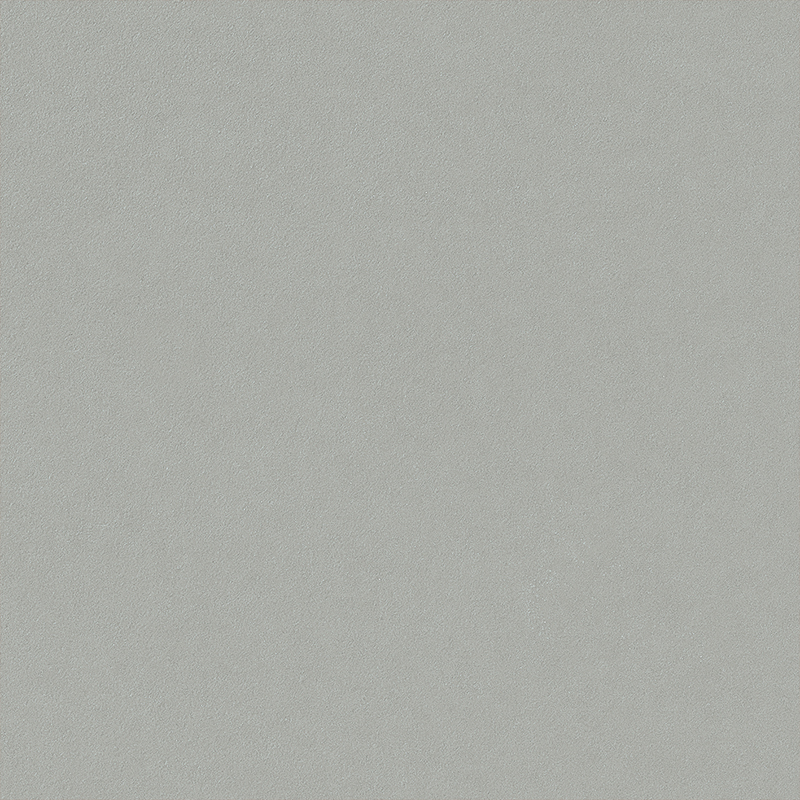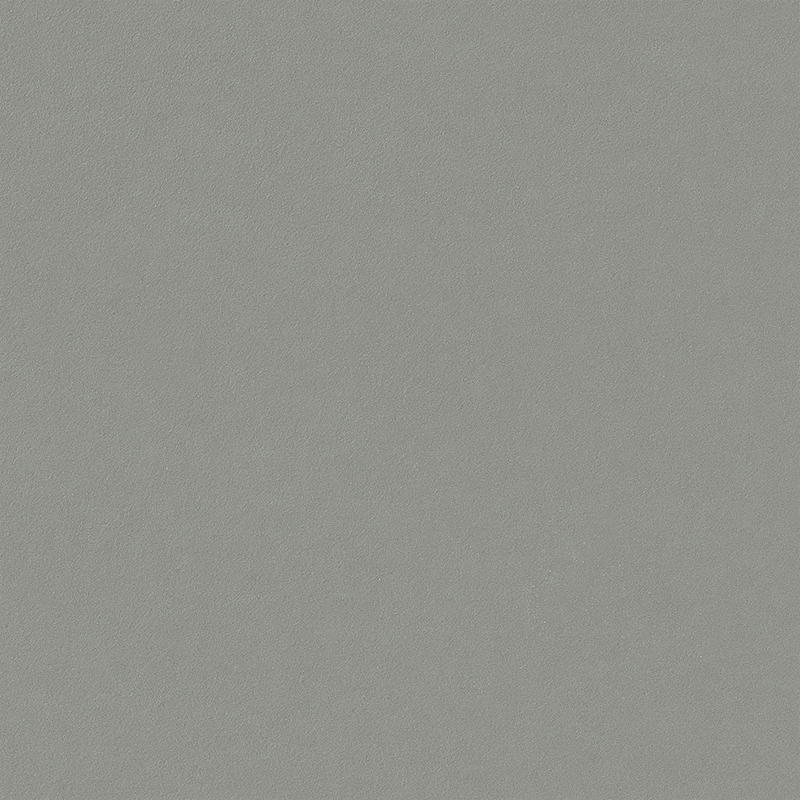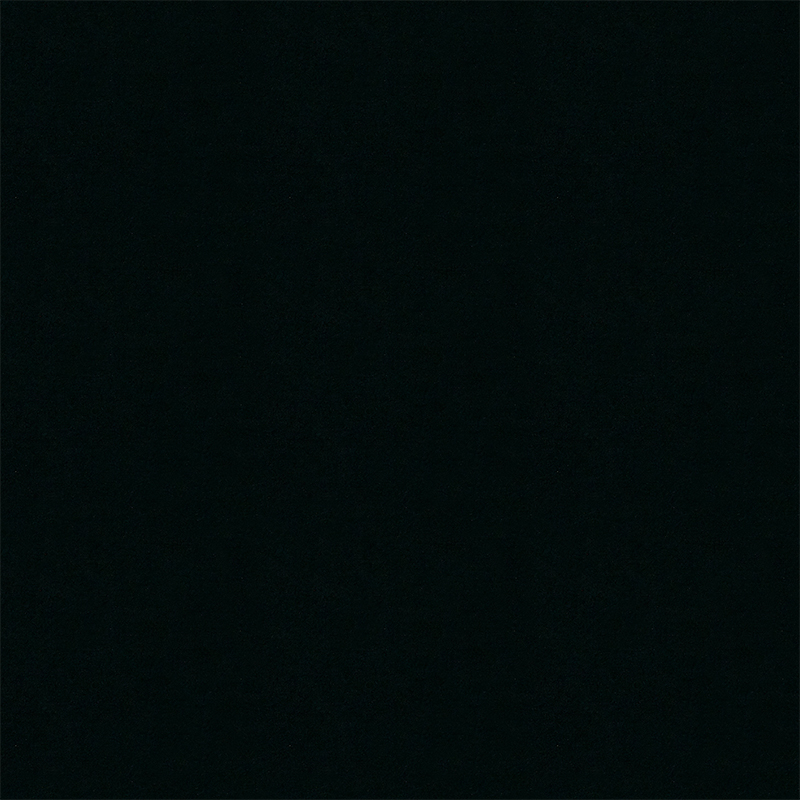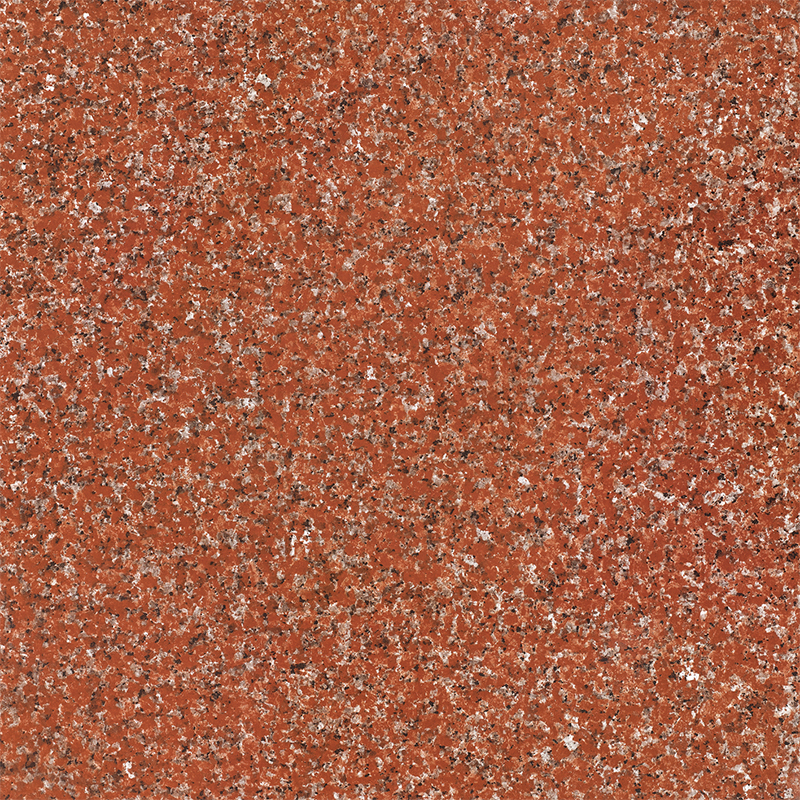What are the differences in hardness and crack resistance between low-temperature fired and high-temperature fired solid color bricks?
Release Time : 2025-04-29
As a common building decoration material, the firing process of solid color brick has a crucial impact on the performance of the product. Low-temperature firing and high-temperature firing are two different process methods. There are obvious differences in the hardness and crack resistance of the solid color bricks fired by the two. Understanding these differences is of great significance for the reasonable selection and use of solid color bricks.
Solid color bricks fired at low temperatures generally have relatively low hardness. This is because the mineral components inside the brick body fail to fully react chemically under low temperature conditions, and the particles are not tightly bound. When firing at low temperatures, the heat is not enough to completely melt and recrystallize the minerals in the raw materials, resulting in more pores and weak structures inside the brick body. These pores and weak structures make the brick body prone to deformation and wear when subjected to external forces, thus showing lower hardness. For example, in daily use, the surface of solid color bricks fired at low temperatures may be more easily scratched, leaving obvious scratches.
Solid color bricks fired at high temperatures have higher hardness. Under high temperature conditions, the minerals in the raw materials can fully melt and react, and a stronger chemical bond is formed between the particles. High temperature causes the material inside the brick to recrystallize, forming a denser crystal structure. This dense structure allows the brick to withstand greater external forces without deformation and wear. For example, in some public places with large traffic, such as shopping malls and stations, the use of solid color brick fired at high temperature can better maintain the flatness and integrity of the surface, and can still maintain a good appearance after long-term use.
Solid color brick fired at low temperature has relatively weak crack resistance. Because its internal structure is not dense enough, there are more pores and stress concentration points. When the ambient temperature and humidity change, or when it is impacted by external forces, the stress inside the brick cannot be effectively dispersed, and cracks are easily generated in these weak parts. Moreover, during the contraction and expansion process of low-temperature fired bricks, due to incomplete reaction of mineral components, its stability is poor and it is more likely to crack. For example, in some areas with large temperature differences, low-temperature fired solid color bricks may have obvious cracks after several seasons.
Solid color brick fired at high temperature performs well in crack resistance. Its dense internal structure and uniform crystal distribution enable the brick to better withstand the stress caused by temperature, humidity changes and external impact. During the high-temperature firing process, the stress inside the brick is fully released and balanced, and it is not easy to crack due to changes in environmental factors during subsequent use. Even if it is subjected to a certain degree of external impact, due to its structural integrity and strength, it can effectively prevent the expansion of cracks. For example, in some outdoor buildings that are often eroded by wind and rain, solid color brick fired at high temperature can remain intact for a long time and is not prone to cracking and damage.
In addition to the firing temperature, factors such as the selection of raw materials, formulation, and cooling process after firing will also have a certain impact on the hardness and crack resistance of solid color brick. High-quality raw materials and reasonable formulations are the basis, which can provide good performance guarantee for the brick body. The appropriate cooling process can further optimize the internal structure of the brick body and improve its performance. But in general, the firing temperature is the key factor in determining the hardness and crack resistance of solid color brick.
There are significant differences in hardness and crack resistance between low-temperature fired and high-temperature fired solid color brick. Solid color brick fired at high temperature has a dense internal structure and strong crystal bonding, and has higher hardness and stronger crack resistance, so it is more suitable for places with high requirements on brick performance. Although solid color brick fired at low temperature may have certain advantages in some aspects, such as lower cost and shorter production cycle, it is relatively insufficient in hardness and crack resistance, and is generally suitable for some ordinary decorative occasions where performance requirements are not particularly strict. In practical applications, solid color bricks with different firing processes should be reasonably selected according to the specific use environment and needs to achieve the best use effect.







